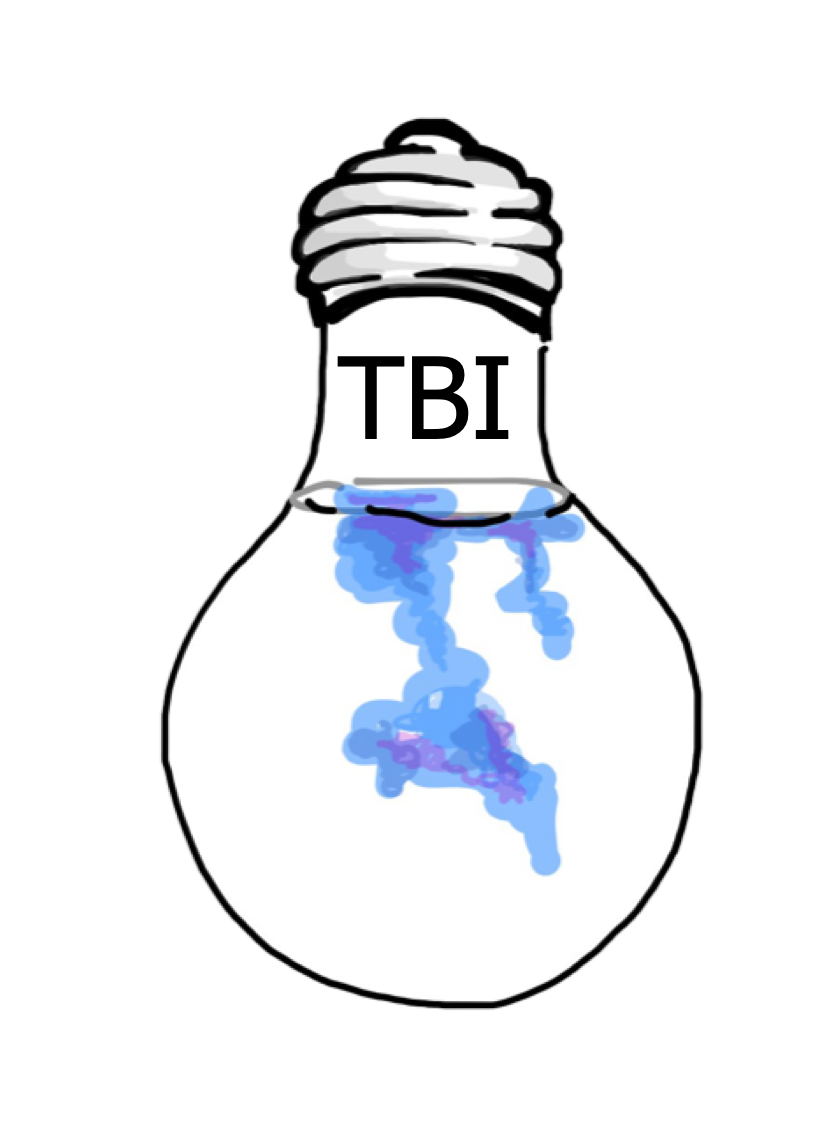Crossing the Goal Line with Stellar Composition
Contributed by LHSS Science Department: Trey Fisk, Bobbi Cloeter, Eric Glessner, Brian Lind, and Steve Schmid.
Bridging the Gap Between Lab and Lecture in High School Science
In a recent effort to strengthen the connection between lecture content and lab activities, a group of high school science teachers in St. Louis set out to tackle a common challenge: helping students make meaningful connections between theory and practice. For over a year, the science team collaborated on research lessons aimed at improving student understanding in this area. Their focus centered on an astronomy lesson exploring star composition through spectral analysis.
Despite a well-structured lecture explaining how astronomers identify elements in a star's spectrum, many students struggled to apply this knowledge during a lab activity on emission spectra. One teacher expressed his frustration, saying, “We get all the way down the field, but I can’t seem to bring the lesson over the goal line.”
Designing a Solution: The Bridge Activity
The team identified a key challenge—students were unable to bridge the gap between the complexity of star composition analysis and the simpler task of analyzing the spectra of individual gasses. To address this, the teachers developed a two-part bridge activity aimed at helping students make the conceptual leap from lecture to lab.
The first part of this bridge involved a pre-lab activity where students used the analogy of human fingerprints to understand the concept of spectral "fingerprints." Just as each fingerprint is unique to an individual, the spectrum of each element has a unique pattern. The second part involved a hands-on lab where students observed stars through diffraction glasses, comparing their findings to spectra they had previously captured. Working in small groups, students discussed possible matches, imported images into a slide template, and highlighted corresponding bright lines to predict each star's composition.
Findings and Reflections
The bridge activity yielded promising results. Classroom observations revealed more engaged student dialogue and deeper understanding of the lab-lecture connection. Pre- and post-assessment data confirmed that students across all ability levels benefited from this new approach, with the pre-lab fingerprint activity proving particularly effective in scaffolding the learning process.
Additionally, teachers noted higher student engagement during the lab, which they believe led to better comprehension. As one teacher put it, “We saw students not just completing the activity, but engaging with the content in a way that showed they were making real connections.”
Lessons Learned and Future Considerations
While the bridge activity was successful, the teachers identified areas for improvement and future development:
Equipment Upgrades: The team recognized the need for higher-quality discharge tubes and better spectral images to improve the accuracy and engagement of the lab.
Lesson Sequencing: The team plans to teach Unit 2 on telescopes before Unit 4 (spectral analysis) in future iterations. More knowledge of telescopes and how spectra are observed would provide essential background for students, enhancing their understanding of star composition.
Unknowns and Debate: The inclusion of more "unknown" stars could give students additional practice in spectral analysis. Teachers also found that promoting debate and discussion was key to fostering critical thinking, so they will provide more explicit verbal encouragement for students to challenge one another's findings in a structured and supportive environment.
Scaffolding for Success: The fingerprint analogy proved to be an effective scaffold, and the teachers plan to incorporate similar pre-lab activities in the future. By giving students a tangible, accessible starting point, they are better able to understand abstract scientific concepts.
Applications to Broader Teaching Practice
The success of this bridge activity highlights the importance of scaffolding and strategic lesson design to close the gap between lab and lecture. By identifying where students struggle to connect theory and practice, teachers can create targeted activities that guide students through complex scientific processes. Moving forward, the science team will continue to assess potential gaps between lecture content and lab exercises and develop bridge activities when necessary.
In addition to improving lab-lecture connections, the team emphasized the importance of fostering scientific debate. Encouraging students to discuss and defend their findings not only strengthens their understanding but also promotes the development of critical thinking and argumentation skills—essential tools for both academic and real-world success.
As they continue their work, the teachers aim to bring similar lessons to future department meetings, using their collaborative research approach to cross the goal line on challenging instructional problems.

